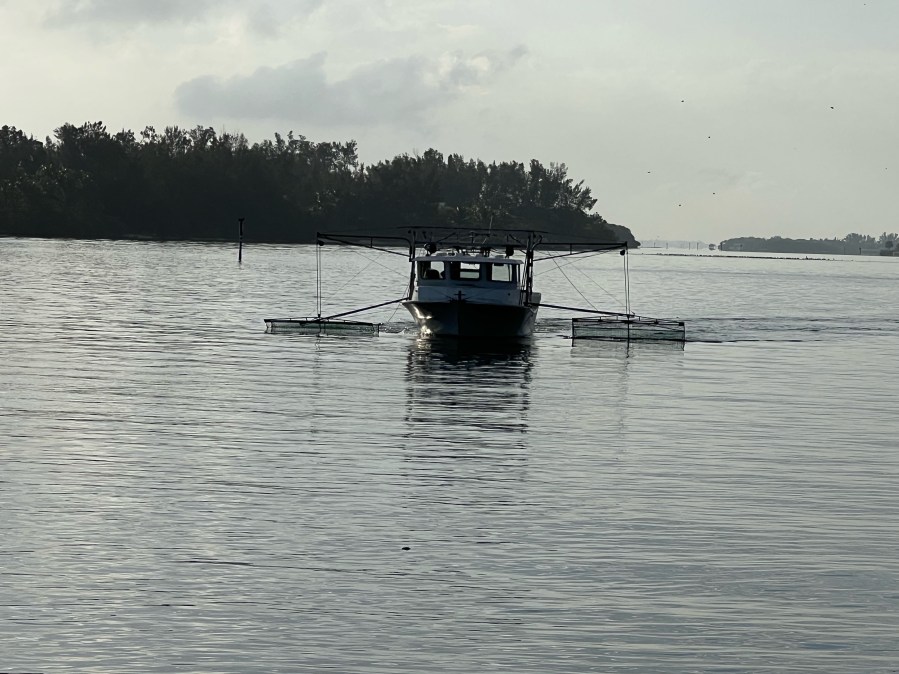MANATEE COUNTY, Fla. (WFLA) — Red tide is impacting beaches across the Tampa Bay area with many reporting fish kills this week.
In Manatee County, officials are working around the clock to mitigate the impacts as much as possible.
Every day at 5 a.m., county crews hit the public beaches and begin raking the sand, clearing it of dead fish and other marine debris before it has a chance to decompose. Manatee County officials say they’ve been working diligently out at the beaches doing these daily cleanups on and off since late November.
Crews are also utilizing drones to get a better picture of the areas impacted by red tide. The county also has boats in the water, scooping up floating fish before they have a chance to make it to shore.

“We are committed to keeping the beaches clean. Not only the beaches, but the boat ramps, and our bayside as well. We have collected approximately 7,000 pounds of fish over the last few days, which is a lot because up until this time, we only collected about 2,000,” said Deputy Director of Manatee County Parks and County Grounds Carmine DeMilio.
DeMilio says other neighboring counties have contacted Manatee County asking for advice in how to handle red tide.
Visitors to the island seem to think all that work the county is doing is paying off, as other nearby beaches are littered with dead fish.
“I commend them. That is a lot to do and I’m glad they are doing it. You don’t want dead fish decaying out on the beach. That is not good and it stinks when there is dead fish, so I think definitely that helps,” said Yvonne Suttell.
Dr. David Tomasko is the director of the Sarasota Bay Estuary Program and closely monitors red tide the area.
“With this red tide, maybe it is going to go away in a couple of weeks, or maybe it is going to be like 2018. I wish we knew, but we just don’t at this point,” said Dr. Tomasko.
Dr. Tomasko explains large amounts of dead fish can actually make red tide worse.
“They decompose in the water and they suck up oxygen, but also a decomposing fish is going to release nutrients that are within that fish. They actually are a bacteria source, they can pull down oxygen, and they can actually provide nitrogen that kind of fuels the next round of red tide,” said Dr. Tomasko. “7000 pounds of fish is probably something like 50 pounds of nitrogen, so that is not inconsequential because 50 pounds of nitrogen could maybe form 15,000 pounds of algae and 15,000 pounds of algae is enough to cause a pretty visible bloom.”
Tomasko said the community can do the following things to help lessen the severity of blooms as red tide continues to linger.
“We can all do a better job of taking care of our lawns. Don’t over fertilize your lawn, don’t blow your grass clippings down into the storm drain, pick up after your pet, support policies and politicians that are actually focused on water quality. At the same time, we as a society have to do a better job with managing our wastewater and storm water. We a lot of people moving to Florida, we have a big population increase, we also have aging wastewater and storm water infrastructure and that is part of the reason why these red tides are as bad as they are. Our pollutant loads are about 2 to 3 times higher than they were 80 to 100 years ago,” said Dr. Tomasko.
To check out red tide conditions at Tampa Bay area beaches, you can visit VisitBeaches.org or the FWC’s website.






